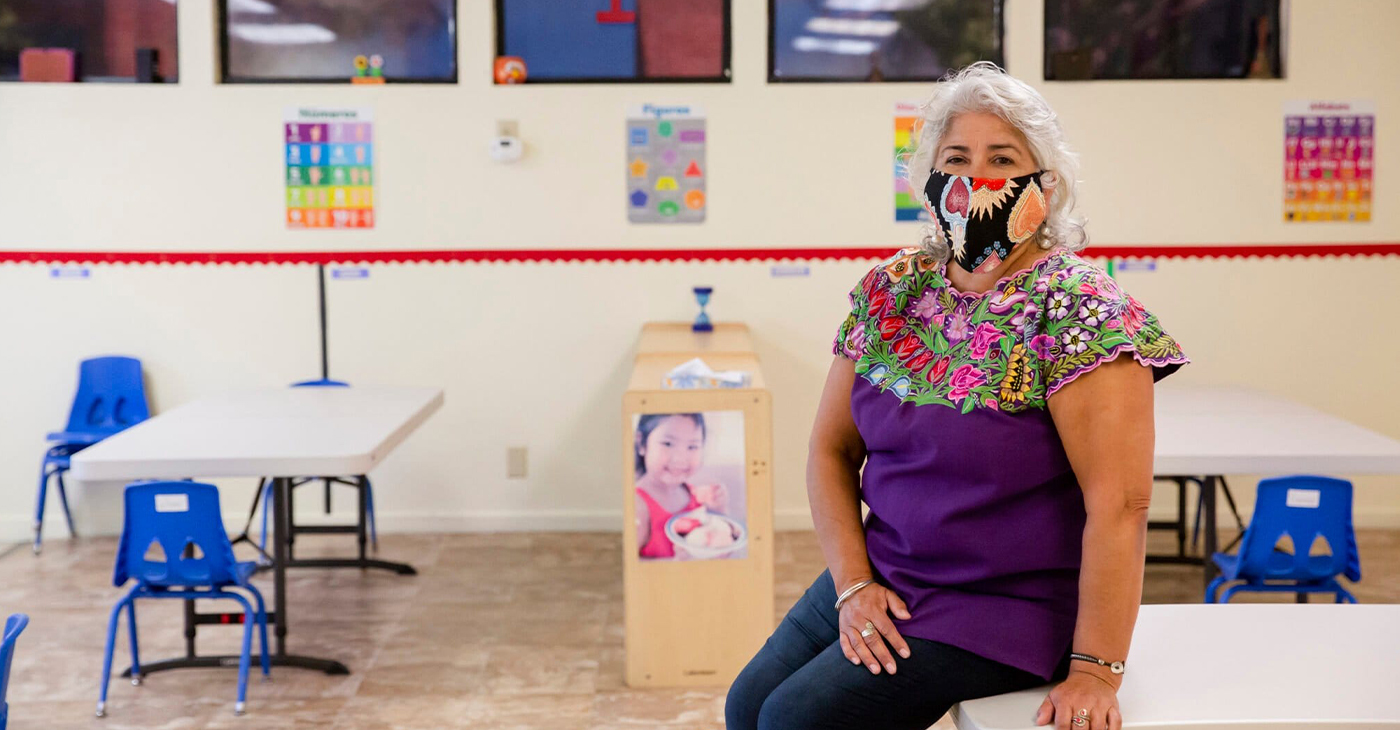Economics
Growing Effort to Reform California’s Money Bail System

A coalition of labor, economic justice, community-based, and civil liberties organizations are supporting lawmakers’ unveiling of details to reform California’s money bail system – a system that that many consider to be fraught with wasteful inefficiencies that fuel poverty and racial inequalities in California’s criminal justice system and doesn’t keep communities safe.
“Our justice system is built on the premise of equal protection for all under the law. The current bail system exacerbates California’s racial and economic inequality, punishes people for being poor, and doesn’t make us safer,” say the co-sponsors of the California Money Bail Reform Act.
“There are more effective and fairer ways to protect public safety and make sure that people come back to court for trial,” say the co-sponsors, which include the American Civil Liberties Union of California, Anti-Recidivism Coalition (ARC), California Public Defender Association (CPDA), Californians for Safety & Justice (CSJ), Ella Baker Center (EBC), Essie Justice Group, Silicon Valley De-Bug, SEIU, and Western Center on Law & Poverty.
AB 42 and SB 10, the California Money Bail Reform Act, introduced by Assemblymember Rob Bonta and Senator Robert Hertzberg, are identical legislative proposals representing a growing consensus among policymakers, advocates, and impacted communities that California must shift away from a system where thousands of people are detained pretrial simply because they cannot afford to post money bail.
“When my brother was arrested, my mom had to put up our house for his bail. Now it’s like we owe them everything, otherwise we lose the house. We are forever in debt to the bail bondsman because of it. My mom has to work harder to keep up on the bills and stay out of debt, because they have so much control over our lives now,” says LeChar, a Suisun City resident and member of Essie Justice Group.
Currently, when someone is arrested for a crime, they can post bail to be released from police custody based on a pre-determined bail schedule. Judges also rely on the bail schedule to assign bail amounts at arraignment hearings. Unable to afford the total bail amounts, many people pay a for-profit bail bonds company a non-refundable 10 percent fee based on their total bail amount, a fee they don’t get back even if their case is dismissed or they are found innocent. Many people stay in jail for weeks, months, and sometimes years while their case moves forward, or plead guilty to a crime they may or may not have committed.
In California, over 60 percent of people in jails are awaiting trial or sentencing. As compared to the rest of the country, California keeps far more people in jail while they await trial. This can have significant and long-lasting impacts on both the outcome of people’s cases, as well as their health, wellbeing, and economic security. People locked up for even just a few days may lose their job, car, home, and even child custody.
“My son has struggled with his mental wellness for the last several years. When he turned 24, he was arrested. His bail was set at $150,000. I did everything I could to come up with the ten percent of $150,000 it would take to get him out. But we couldn’t make it happen. Because of his illness, in jail, he was put in solitary confinement. He gets worse and worse every day. He needs treatment. Now he has more traumas than when he went in. I wish I could have pulled together the money, even for him to come home for a month; it would have changed so much,” says Lisa, resident of Oakland and member of Essie Justice Group.
Research shows that bail bond amounts for African American men are 35 percent higher than bond amounts for white men. Latino men have a 19 percent higher bond amounts than white men. Black people ages 18 through 29 received higher bail amounts than any other group. Among people for whom money bail is set, the odds of Black and Latino people being detained before trial is more than twice the odds of detention for white people.
Activism
Oakland Post: Week of April 2 – 8, 2025
The printed Weekly Edition of the Oakland Post: Week of April 2 – 8, 2025

To enlarge your view of this issue, use the slider, magnifying glass icon or full page icon in the lower right corner of the browser window.
Activism
Oakland Post: Week of March 28 – April 1, 2025
The printed Weekly Edition of the Oakland Post: Week of March 28 – April 1, 2025

To enlarge your view of this issue, use the slider, magnifying glass icon or full page icon in the lower right corner of the browser window.
Bay Area
Five Years After COVID-19 Began, a Struggling Child Care Workforce Faces New Threats
Five years ago, as COVID-19 lockdowns and school closures began, most early educators continued to work in person, risking their own health and that of their families. “Early educators were called essential, but they weren’t provided with the personal protective equipment they needed to stay safe,” said CSCCE Executive Director Lea Austin. “There were no special shopping hours or ways for them to access safety materials in those early and scary months of the pandemic, leaving them to compete with other shoppers. One state even advised them to wear trash bags if they couldn’t find PPE.”

UC Berkeley News
In the first eight months of the COVID-19 pandemic alone, 166,000 childcare jobs were lost across the nation. Significant recovery didn’t begin until the advent of American Rescue Plan Act (ARPA) Child Care Stabilization funds in April 2021.
Today, child care employment is back to slightly above pre-pandemic levels, but job growth has remained sluggish at 1.4% since ARPA funding allocations ended in October 2023, according to analysis by the Center for the Study of Child Care Employment (CSCCE) at UC Berkeley. In the last six months, childcare employment has hovered around 1.1 million.
Yet more than two million American parents report job changes due to problems accessing child care. Why does the childcare sector continue to face a workforce crisis that has predated the pandemic? Inadequate compensation drives high turnover rates and workforce shortages that predate the pandemic. Early childhood educators are skilled professionals; many have more than 15 years of experience and a college degree, but their compensation does not reflect their expertise. The national median hourly wage is $13.07, and only a small proportion of early educators receive benefits.
And now a new round of challenges is about to hit childcare. The low wages paid in early care and education result in 43% of early educator families depending on at least one public support program, such as Medicaid or food stamps, both of which are threatened by potential federal funding cuts. Job numbers will likely fall as many early childhood educators need to find jobs with healthcare benefits or better pay.
In addition, one in five child care workers are immigrants, and executive orders driving deportation and ICE raids will further devastate the entire early care and education system. These stresses are part of the historical lack of respect the workforce faces, despite all they contribute to children, families, and the economy.
Five years ago, as COVID-19 lockdowns and school closures began, most early educators continued to work in person, risking their own health and that of their families. “Early educators were called essential, but they weren’t provided with the personal protective equipment they needed to stay safe,” said CSCCE Executive Director Lea Austin. “There were no special shopping hours or ways for them to access safety materials in those early and scary months of the pandemic, leaving them to compete with other shoppers. One state even advised them to wear trash bags if they couldn’t find PPE.”
The economic impact was equally dire. Even as many providers tried to remain open to ensure their financial security, the combination of higher costs to meet safety protocols and lower revenue from fewer children enrolled led to job losses, increased debt, and program closures.
Eventually, the federal government responded with historic short-term investments through ARPA, which stabilized childcare programs. These funds provided money to increase pay or provide financial relief to early educators to improve their income and well-being. The childcare sector began to slowly recover. Larger job gains were made in 2022 and 2023, and as of November 2023, national job numbers had slightly surpassed pre-pandemic levels, though state and metro areas continued to fluctuate.
Many states have continued to support the workforce after ARPA funding expired in late 2024. In Maine, a salary supplement initiative has provided monthly stipends of $240-$540 to educators working in licensed home- or center-based care, based on education and experience, making it one of the nation’s leaders in its support of early educators. Early educators say the program has enabled them to raise wages, which has improved staff retention. Yet now, Governor Janet Mills is considering cutting the stipend program in half.
“History shows that once an emergency is perceived to have passed, public funding that supports the early care and education workforce is pulled,” says Austin. “You can’t build a stable childcare workforce and system without consistent public investment and respect for all that early educators contribute.”
The Center for the Study of Childcare Employment is the source of this story.
-

 Activism2 weeks ago
Activism2 weeks agoWe Fought on Opposite Sides of the Sheng Thao Recall. Here’s Why We’re Uniting Behind Barbara Lee for Oakland Mayor
-

 #NNPA BlackPress3 weeks ago
#NNPA BlackPress3 weeks agoRev. Dr. Jamal Bryant’s Black Church Target Boycott Mobilizes 150,000
-

 Activism3 weeks ago
Activism3 weeks agoSan Francisco Is Investing Millions to Address Food Insecurity. Is Oakland Doing the Same?
-

 #NNPA BlackPress3 weeks ago
#NNPA BlackPress3 weeks agoRecently Approved Budget Plan Favors Wealthy, Slashes Aid to Low-Income Americans
-

 Activism2 weeks ago
Activism2 weeks agoFaith Leaders Back Barbara Lee for Mayor, Criticize Candidate Loren Taylor for Dishonest Campaigning
-

 Activism3 weeks ago
Activism3 weeks agoOakland Post: Week of March 12 – 18, 2025
-

 Activism2 weeks ago
Activism2 weeks agoGroup Takes First Steps to Recall District Attorney Diana Becton
-

 #NNPA BlackPress3 weeks ago
#NNPA BlackPress3 weeks agoPRESS ROOM: The Urban One Podcast Network Announces Los Angeles Wildfires Podcast, ‘Altadena: After the Fire’

























































